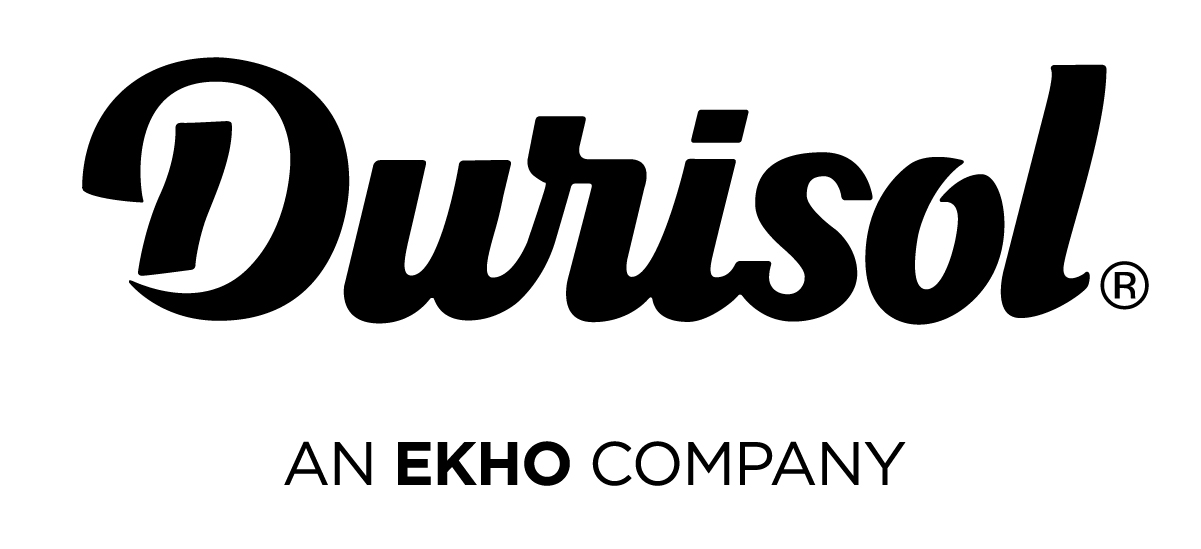Implementing micro-targeted personalization strategies requires a nuanced understanding of audience segmentation, data integration, dynamic content creation, and advanced machine learning techniques. This comprehensive guide dives into actionable, expert-level methods to transform your personalization efforts from generic to highly precise, ensuring better engagement, higher conversion rates, and sustained customer loyalty. We will explore each aspect with detailed steps, real-world examples, and troubleshooting tips to help you build a scalable, privacy-compliant personalization framework.
1. Defining Precise Audience Segments for Micro-Targeted Personalization
a) How to Identify Niche Customer Personas Using Data Analytics
Begin by collecting comprehensive first-party data: website interactions, purchase history, customer service interactions, and behavioral signals. Use tools like Google Analytics 4, Mixpanel, or Heap to track micro-moments that reveal nuanced preferences. Employ cluster analysis (e.g., K-Means clustering) on behavioral variables such as session frequency, product categories viewed, and engagement time.
Expert Tip: Use dimensionality reduction techniques like Principal Component Analysis (PCA) to identify the most influential behavioral features that define niche personas, reducing noise in your segmentation process.
Once clusters are identified, profile each niche persona with demographic data, psychographics, and purchase intent signals. Tools like Segment or Segmentify can automate this profiling process, providing actionable insights for targeted content.
b) Step-by-Step Process to Segment Audiences Based on Behavior and Preferences
- Aggregate raw behavioral data from multiple sources into a unified data warehouse (e.g., Snowflake or BigQuery).
- Normalize data to account for different scales and data quality issues.
- Select key behavioral features such as recency, frequency, monetary value (RFM), and content engagement metrics.
- Apply clustering algorithms (e.g., K-Means, DBSCAN) to identify natural groupings within the data.
- Validate segments by assessing their stability over time and their distinct response to test campaigns.
- Assign descriptive labels or personas to each segment for easier campaign targeting.
Pro Tip: Regularly update your segmentation models with fresh data (e.g., weekly or monthly) to capture evolving customer behaviors and prevent segment drift.
c) Case Study: Segmenting Users for a SaaS Platform to Increase Engagement
A SaaS provider analyzed their user data, focusing on login frequency, feature usage, and support ticket submissions. Using hierarchical clustering, they identified segments such as “Power Users,” “Onboarding Seekers,” and “Churn Risks.” Personalized onboarding emails for “Onboarding Seekers” increased activation rates by 25%, while targeted tutorials reduced churn among “Churn Risks” by 15%. This precise segmentation enabled tailored messaging, fostering deeper engagement and retention.
2. Collecting and Integrating High-Quality Data for Personalization
a) Techniques for Gathering First-Party Data with Minimal Bias
Implement multi-channel data collection: website events, mobile app interactions, email engagement, and offline touchpoints. Use event tracking with precise tagging (via GTM or custom scripts) to capture granular actions. To reduce bias, diversify data sources and ensure sampling across different segments, avoiding over-reliance on high-engagement users.
Key Insight: Use random sampling during data collection periods and apply weighting techniques to correct for over- or under-represented groups, ensuring balanced datasets.
b) How to Use CRM and Behavioral Data to Enhance Segmentation Accuracy
Integrate CRM data (e.g., Salesforce, HubSpot) with behavioral analytics to enrich profiles. Use identity resolution techniques such as deterministic matching (email, phone number) and probabilistic matching (behavioral patterns) to unify user identities across touchpoints. This creates comprehensive customer profiles that reflect both explicit data (demographics) and implicit signals (behavioral tendencies).
Expert Tip: Regularly audit your data integration process to identify and correct mismatches, ensuring your segmentation is built on accurate, high-quality data.
c) Practical Guide to Combining Data Sources for Unified Customer Profiles
Use data pipelines with ETL tools like Fivetran or Stitch to automate data ingestion from various sources into a centralized warehouse. Apply data standardization routines to harmonize schema differences. Implement a master user ID system that consolidates anonymous session data with known customer IDs, supporting both anonymous browsing and logged-in behaviors.
| Data Source | Integration Method | Outcome |
|---|---|---|
| Website Analytics | Event Tracking via GTM | Behavioral Segments |
| CRM Data | Deterministic Matching | Unified Customer Profiles |
3. Developing Dynamic Content Modules for Real-Time Personalization
a) How to Build Modular Content Blocks for Different Audience Segments
Design content components as reusable modules—such as personalized banners, recommendations, or testimonials—that can be dynamically assembled based on segment attributes. Use a component-based framework like React or Vue to create flexible modules. Tag each module with metadata indicating suitable segments to facilitate targeted rendering.
Implementation Tip: Maintain a library of modular components with clear documentation on which segments they serve best; automate their deployment via Content Delivery Networks (CDNs) for low latency.
b) Implementing Conditional Logic for Content Delivery Based on User Traits
Leverage server-side or client-side personalization engines (e.g., Optimizely, Adobe Target). Define rules such as:
- If user belongs to segment A and has viewed product X, then display recommendation Y.
- If user is a new visitor, then show onboarding content.
Implement these rules as conditional statements within your personalization engine, ensuring real-time decision-making based on up-to-date user profiles.
c) Example: Creating a Personalized Product Recommendations Section
Suppose you segment users into “Tech Enthusiasts” and “Casual Browsers.” For “Tech Enthusiasts,” dynamically load a recommendations module featuring new gadgets and in-depth reviews. For “Casual Browsers,” showcase popular items and limited-time offers. Use a React component that receives user segment as a prop and renders content accordingly:
function Recommendations({ segment }) {
if (segment === 'Tech Enthusiasts') {
return {/* Render tech gadgets and reviews */} ;
} else if (segment === 'Casual Browsers') {
return {/* Render popular items and promos */} ;
} else {
return Default recommendations;
}
}This modular approach facilitates seamless content updates and precise targeting, directly impacting engagement metrics.
4. Implementing Machine Learning Algorithms for Micro-Targeting
a) How to Train Predictive Models for Segment-Specific Content
Start with a labeled dataset where each user interaction is associated with a known segment. Use supervised learning algorithms like Random Forests or XGBoost to predict segment membership based on features such as browsing patterns, engagement times, and transaction history. Perform feature engineering by creating interaction variables, time decay factors, and behavioral scores.
Pro Tip: Use cross-validation and hyperparameter tuning (via Grid Search or Bayesian Optimization) to improve model accuracy and prevent overfitting.
b) Step-by-Step: Setting Up a Recommendation System Using Collaborative Filtering
- Collect user-item interaction data (clicks, purchases, ratings).
- Construct a user-item matrix with interaction scores.
- Apply collaborative filtering algorithms such as Matrix Factorization (e.g., SVD) to learn latent features.
- Generate personalized recommendations by computing similarity scores between user vectors and item vectors.
- Deploy the model into your personalization engine, updating it regularly with new interaction data.
Advanced Tip: Incorporate implicit feedback (e.g., page views, dwell time) to enhance the robustness of collaborative filtering models, especially when explicit ratings are sparse.
c) Common Pitfalls in Machine Learning for Personalization and How to Avoid Them
Beware of data leakage, overfitting, and bias in training data. Always reserve a holdout set for testing model generalization. Regularly evaluate models against real-world engagement metrics, not just accuracy scores. Use techniques like A/B testing and multivariate testing to validate model-driven personalization in live environments.
Warning: Relying solely on algorithmic predictions without human oversight can lead to unintended biases or exclusion. Incorporate periodic reviews and fairness audits.
5. Technical Deployment and Optimization of Personalization Tactics
a) How to Integrate Personalization Engines with Existing CMS and E-Commerce Platforms
Utilize APIs provided by personalization platforms (e.g., Optimizely, Adobe Target) to fetch dynamic content fragments. For CMS integration, embed personalization scripts or use server-side includes to serve content conditionally. For e-commerce, connect your product catalog via RESTful APIs, enabling real-time recommendation updates.
Implementation Note: Ensure your platform supports asynchronous content loading to prevent page latency issues—use lazy loading techniques for personalized modules.
b) A/B Testing for Micro-Targeted Content Variations: Best Practices
Design experiments with proper control groups representing each segment. Use tools like Google Optimize or VWO to split traffic randomly. Ensure statistical significance by calculating required sample sizes using power analysis. Test multiple variants simultaneously and measure KPIs such as conversion rate, session duration, and engagement depth.
c) Monitoring and Analyzing Engagement Metrics for Continuous Improvement
Set up dashboards using Looker, Tableau, or open-source tools to track segment-specific KPIs: click-through rates, bounce rates, and time on site. Use real-time analytics to identify drop-off points and content fatigue. Implement feedback loops where insights inform model retraining and content updates.
Key Strategy:

